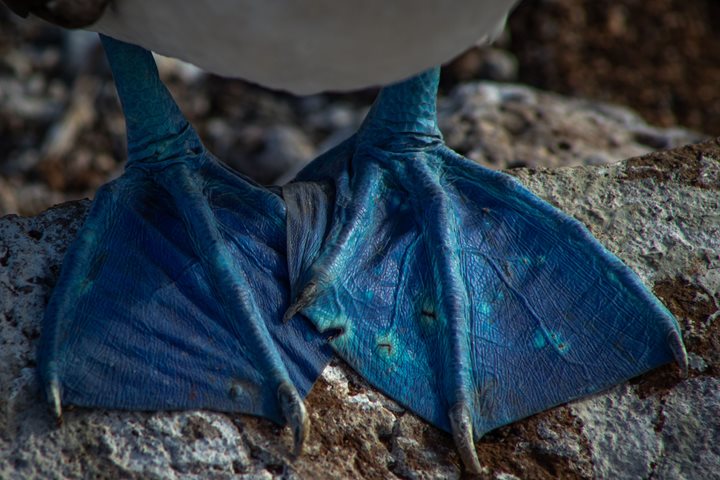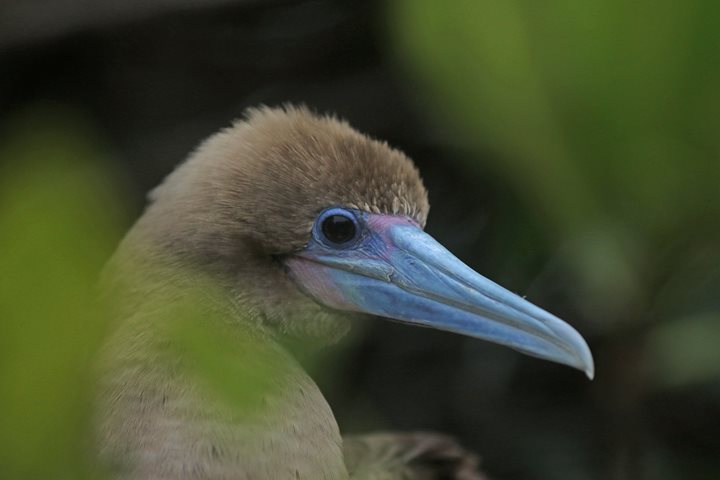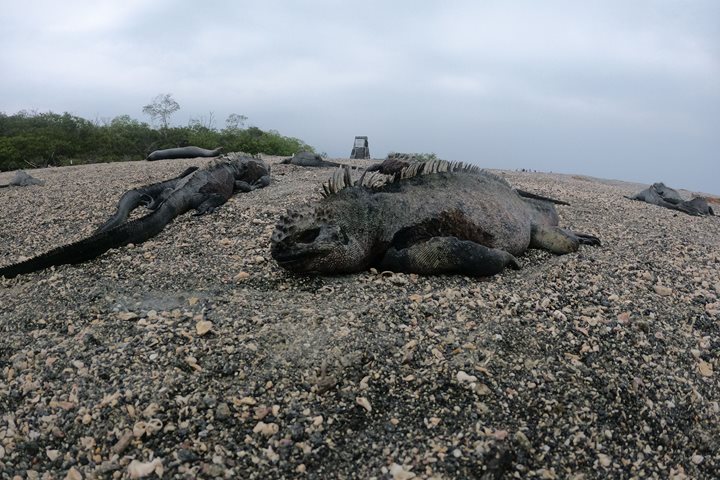South Plaza is located on the eastern coast of the larger neighbouring island, Santa Cruz. It is the result of a geological uplift that probably took place over a million years ago. As a consequence, there are no craters or volcanic cones here, but rather a flat surface and higher cliffs, perfect nesting sites for swallow-tailed gulls, red-billed tropicbirds, and Galápagos shearwaters, while frigatebirds soar overhead, always on the lookout for feeding opportunities. South Plaza Island is also home to one of the archipelago’s largest colonies of Galápagos sea lions and to one of three species of the endemic Galápagos land iguanas.
On some islands land iguanas have been almost wiped out by feral dogs in the past; however, a hugely successful captive and semi-captive breeding program run by the Charles Darwin Research Center and Galápagos National Park has allowed these endangered populations to recover. This morning we had the privilege to see many there prehistoric looking creatures eating opuntia cactus while others were basking in the sun. Interestingly, on this small islet, the land iguanas’ territories overlap with those of the marine iguanas, and the two separate species have been known to interbreed here and create a non-viable hybrid.
After lunch we navigate towards Santa Fé Island, located to the south of Santa Cruz. Home to the second species of endemic land iguanas, Santa Fe, at one time, was overrun with goats. Since their eradication in 1971, major programs for islands much larger than this have been carried out successfully in the last decade here in Galápagos. Recently and as part of an ambitious restoration program, more than 70 tortoises from a similar race have been introduce to these island, in the hope that as natural herbivores they will restore the fragile ecosystem of Santa Fe.
Land iguanas, sea lions, sea turtles, spotted eagle rays, and white tip reef sharks were abundant this afternoon, showing that the islands well deserve to be a UNESCO Natural Heritage Site.









